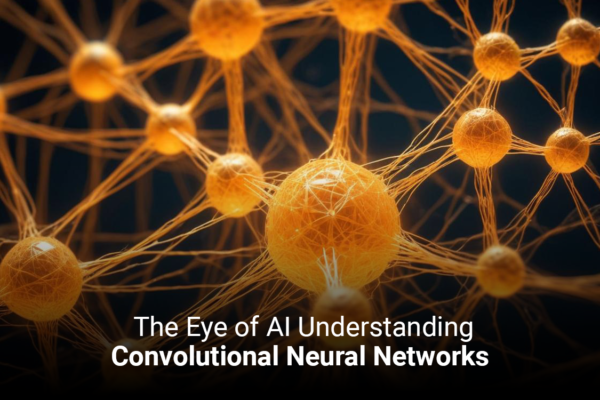The AI war has intensified, with Google joining the bandwagon. Google has released its latest generative AI Gemini to counter OpenAI’s ChatGPT. It launched a similar version known as BARD as a direct response to ChatGPT. But with Gemini, Google aims to disrupt the AI industry.
In the past, speculations had been rife with “AI Winter,” which meant that technological advancements in the AI industry had reached a dead end, resulting in less or no funding for AI startups. There have been assertions that achieving genuine machine intelligence is challenging for humans to decipher. But with the launch of Gemini by Google, it is being touted as the most potent one introduced by the company, indicating no imminent arrival of a new AI winter.
What Is Google’s Gemini?
Google describes Gemini as a “multimodal” model, signifying its capacity to generate insights from text, audio, video, and images. The example set by ChatGPT illustrates the significant knowledge acquisition potential of AI models when exposed to ample text. Furthermore, AI researchers contend that augmenting the size of language models alone could elevate their capabilities to match those of humans.
Presently, Gemini’s fundamental models primarily handle text inputs and generate results. However, more advanced models like Gemini Ultra can process and interpret images, video, and audio. The trajectory suggests an evolution towards broader functionalities, encompassing actions and tactile sensations. These models exhibit an improved understanding of the surrounding world, becoming more adept at grasping contextual nuances.
Open AI ChatGPT vs Google’s Gemini
So, let’s address the elephant in the room. Everybody is going to draw comparisons on who is better. The significance of creating a prominent AI model has been in Google’s consideration for quite some time. They took their own sweet time to analyze and develop the technology. Notably, Gemini’s most pronounced strength lies in its proficiency in comprehending and engaging with video and audio content. This strategic advantage is intentional, as multimodality has been integral to the overarching Gemini strategy since its inception.
Unlike OpenAI’s approach with separate models for images and voice, as seen in DALL-E and Whisper, Google opted for a unified multisensory model right from the start. The overarching concept is accumulating a wealth of data from diverse inputs and senses, enabling the generation of responses with an equally diverse range. However, Gemini’s actual prowess will be gauged by everyday users seeking to utilize it for brainstorming ideas, searching for information, coding, and various other tasks.
The Future Ahead
It is evident that Google views the launch of Gemini as a larger initiative and a significant leap forward on its own. Gemini stands out as the model Google has anticipated, which could revive them in the AI war. The company asserts that it has diligently focused on ensuring Gemini’s safety and responsibility through rigorous internal and external testing.
Over the years, Sundar Pichai has consistently talked about the transformative potential of AI. Pichai himself has said on multiple occasions that AI has the potential to be more revolutionary for humanity. The Gemini model may not usher in a world-changing paradigm but could position Google to rival OpenAI in the race to develop exceptional generative AI. However, Pichai and the entire Google team collectively believe that this marks the inception of something truly monumental. While the web had long propelled Google to tech giant status, Gemini has the potential to surpass even those transformative heights. Google has potentially showcased a strategy that transcends the capabilities of AI. Yet, the most significant takeaway from the launch of Gemini is that Google is steering toward a goal that surpasses the current landscape of AI advancements.






















